Den nye forskning omkring embryo teknikken i forhold til mennesker, viser at embryonet medbringer DNA fra den kvinde som bærer ægget. Læs artiklen her.
Processen omkring embryo på heste kontra mennesker er helt forskellige
Spørgsmål er jo naturligvis top aktuelt i forhold til hesteverdenens brug af embryo teknikken.
Den hollandske dyrlæge Esther de Melker som blandt dressuravlere nok er bedst kendt for hendes store "hit rate" med hensyn til ægskylninger på hoppen Sister de Jeu, som vi jo kender fra hendes internationale aktive karriere i topsporten under Edward Gal.
H2R har derfor stillet Esther de Melker og hendes kollega Karin Hendriks spørgsmålet om hvordan tingene forholder sig i forhold til embryo med hestene.
Comments onarticle Dailymail:.
By Drs Esther de Melker, Veterinarian Equine Fertility, Seldsum Equine Fertiliy and
Drs Karin Hendriks, Specialist Equine Reproduction, EQ Reproconsultancy
“Scientists hail 'amazing discovery' as it's revealed infertile mothers who use donor eggs DO pass their DNA to their children”
This article is based on the research article in Journal Development:
Hsa-miR-30d, secreted by the human endometrium, is taken up by the pre-implantation embryo and might modify its transcriptome
F.Vilella and C.Simon e.a.
In human: The endometrial fluid contains different molecules such as proteins, glycodelin, lipids and cytokines, which are employed by the embryo for its development, but they can also create an impact in its physiology. A clear example are microRNAs from endometrial fluid (small, 19-22 nucleotide sequences of non-coding RNA), which can regulate the gene expression of endogenous genome (embryo).
The donor egg will start after fertilization his development in the oviduct and uterus of its recipient mother.
Transmission of molecules occurs during implantation of the embryo. first the embryo stays for 5 days in the oviduct before it will enter the uterus. Then the embryo takes 24 to 36 hours to implantate. In this period the transmission will take place.
In horses: there is no process of implantation like in humans. The embryo will not fix in the endometrium wall. And a big difference between the “donor egg” procedure and the embryo transfer procedure is: the embryo of the mare will develop until 8 days in its real mother. So the period in human situation in which there is said, that the transmission of mRNA (that can regulate the gene expression of the embryo) takes place, will occur (if it does……) in the real mother and not in the recipient mare. If it takes place in horses like it does in humans (unlikely because of the fact that there is no process of implantation and fixation) then in the case of ET it would take place in its real mother and not in the recipient. In horses there is also a separated blood circulation between the mother and the embryo. Blood will not be mixed. The placenta is a barrier between mother and embryo. That is totally different from human and other mammals. So also less influence of the mother on its embryo.
SO we do not have to worry about DNA of the recipient that passes to the embryo. You cannot compare human reproductive physiology with equine reproductive physiology. It works totally different at certain level. And also you cannot compare the “donor egg” procedure with the embryo transfer procedure in horses.
Of course it is very interesting to know what will exactly happen in utero with the embryo. And what effect will the uterine environment of the recipient have on the embryo? I think it would be good if there would be more research to that item.
But the fact described in the article that the uterus of the recipient reprogramming the embryo is not the case in the equine embryo transfer procedure and also not in the modern techniques like ICSI.
